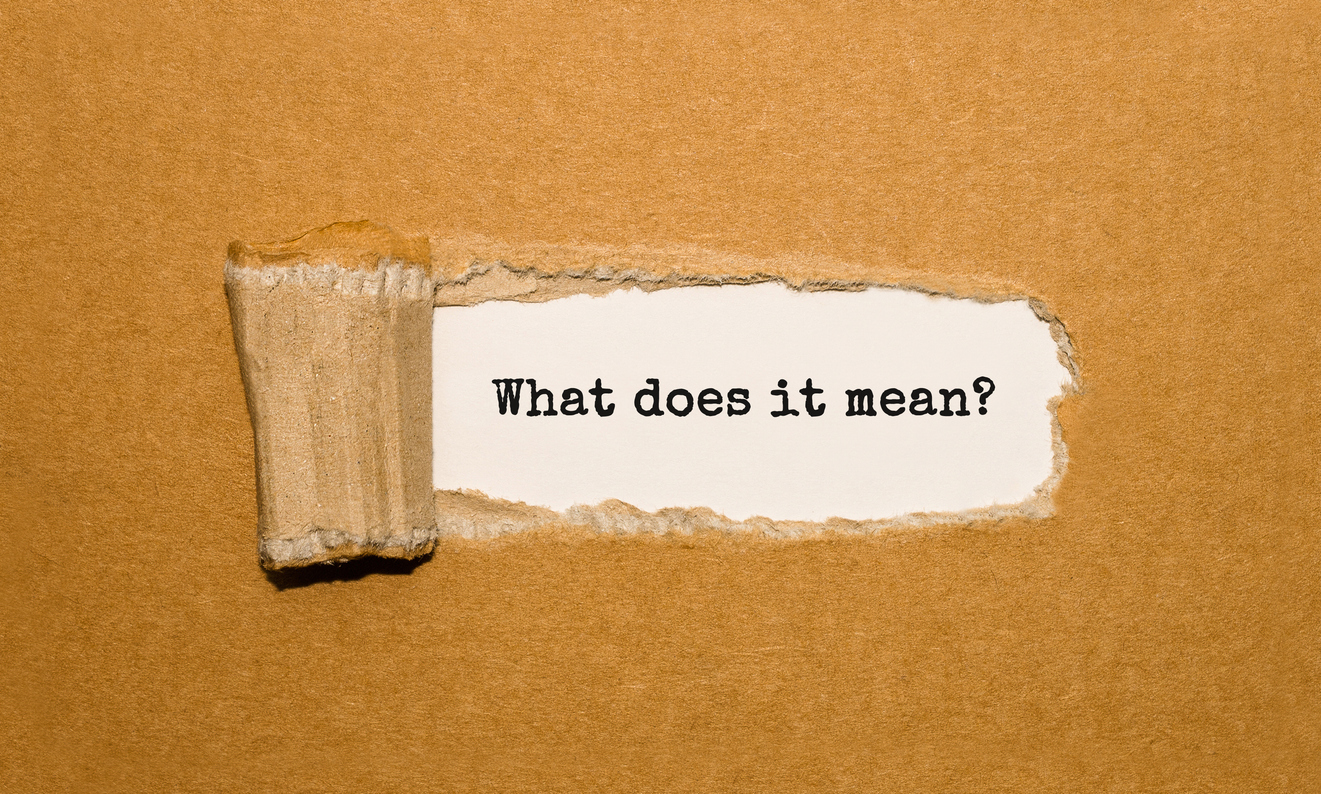Dennis Wall is a veteran commentator on various claims practice issues and on advice to avoid bad faith accusations. In Hurricane Report: Acting in Good Faith,I found his point regarding what every insurance company should do when faced with partial payment situations following catastrophes to be dead-on:
The clear lesson from these recently enacted and revised state laws is this: Good faith claim handling — particularly of claims for policy benefits and proceeds in the aftermath of a hurricane or another catastrophe — requires prompt payment for any part of a claim that is reasonably covered.
What constitutes "prompt" payment? It may vary from place to place, depending upon the local law, but the same concept still holds true. A claim should be paid within either a reasonable amount of time or within a specific time period dictated by local laws — usually 30 days — of that portion of any claim that is reasonably proven as covered by the proof-of-loss statements. (emphasis added)
In an article published this week, Avoiding Bad Faith When Handling Catastrophe Claims, Wall makes a number of excellent points that are sometimes overlooked in the rush of adjustment that follows widespread disasters. While I suggest reading the entire article, one aspect of his analysis particularly caught my attention; it explains "comparables," which is a line of inquiry I routinely make when helping similarly situated policyholders:
One thing not yet mentioned in the decided case law is the use of “comparables” to determine the cause of loss. It is predictable and, in my opinion, it is likely. “Comparables” is a term used here similarly to how a real estate broker or agent probably used the term when you may have bought a house, if you received a comparison to the value or supposed sales price of other houses in the same neighborhood so that you could make a better informed offer.
In determining the cause of loss in a catastrophe, insurance companies and their claims departments are likely to be asked to go beyond “vertical” comparables, which they already use. “Vertical” comparables refers to the policyholder’s or other insured’s own loss history from a given event. In contrast, “horizontal” comparables describes a comparison to other damaged persons or entities that may or may not also be insureds of your company, but may instead be insureds of other companies.
There is an argument that is perhaps unique to handling catastrophe claims, that failure to consider horizontal comparables, for example, failure to consider similar damages claims of similarly situated claimants, may in itself constitute “bad faith” and unfair dealing. This can potentially include failure to request, investigate or evaluate information obtained and payments made on such other similarly situated claims.
Certainly, residential and commercial neighbors with claims talk about their experiences. I often ask public adjusters what type of treatment or practice a particular insurance company may undertake with policyholders who are similarly situated to my clients. I can often find this information regarding insurance company practices and patterns within our firm. These types of inquiries are not novel, but they are rarely discussed in writing, as Dennis Wall properly observed.
The information these inquiries reveal can be quite helpful. If a policyholder has access to this type of information at the time of the claim, wrong claims decisions can more easily be determined. I know that many good insurance claims managers debrief their field adjusters and have up-to-date roundtables to raise information about claims issues. These informational sessions make the claims group better and more knowledgeable about how to properly handle claims issues. So long as it is used properly, I think this type of claims information-sharing helps prevent less experienced adjusters from making major mistakes and should be a regular part of catastrophic claims management.



